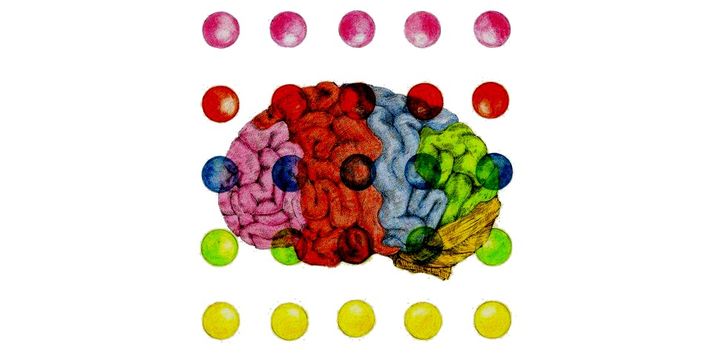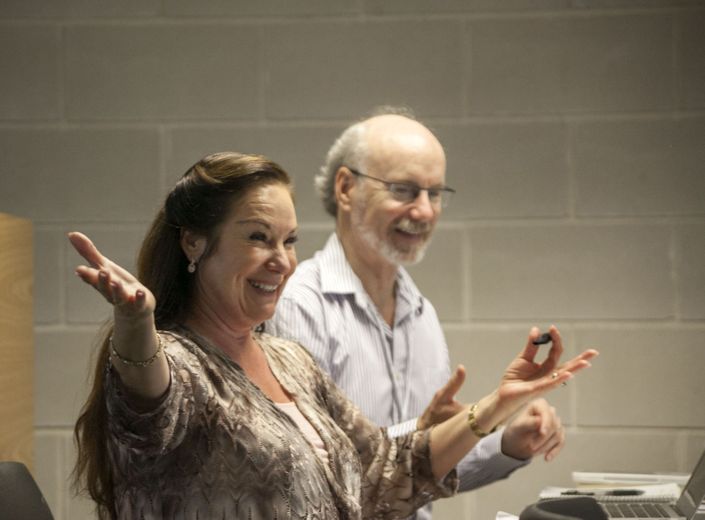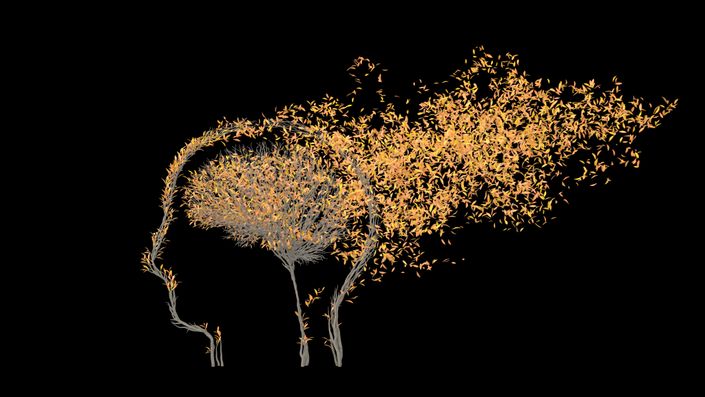Activate and Integrate Multiple Brain Systems with CIMBS
Want to build effective therapeutic attachment relationships with your clients?
This course helps you learn innovative ways to be even more authentic, emotionally present and attuned with your clients.
Do you want to learn how to integrate multiple brain systems using experiential exercises that bring your learning to life and ensure you can make immediate use of the skills you are developing?
Do you want to activate primary approach emotional systems so your clients and recover and thrive?
This is the course for you!
Description
The therapeutic alliance is a major factor in the success of therapeutic work – from coaching to psychotherapy, psychology to psychiatry, general practice consultations to smoking cessation services. This course is intended to inspire and train experienced therapists in new ways to utilize the Therapeutic Attachment Relationship in clinical practice. It also teaches the participants how to discern aspects of the therapeutic relationship that are usually unconscious and invisible to the untrained eye.
And the impact of this training? Our ability to spot the signals that emotional systems are activated and ready to help our clients blossom increases. Our ability to spot when we are going off track and to use ways to get back on track are more available to us.
This course focuses on the bottom-up experience of our relationships with our clients which is unique and unpredictable, and is occurring in the present moment. In contrast, top-down relies on our expected, predicted and anticipated experience of the relationship, brought from previous, and often early, experience. Separating these two can be a powerful intervention, activating neurotransmitters - oxytocin and serotonin which facilitate neuroplasticity and the goals of therapy.
Presentations and discussions teach you about CIMBS, the Therapeutic Attachment Relationship and the techniques involved in this ground-breaking therapy. Multiple demonstrations will show the actual use of the techniques with a variety of people. Expert demonstrations and practices of actual course participants, show connections and the speed of positive outcomes; they also reveal a variety of interventions which activate neurotransmitters to facilitate the therapeutic process. There are also exercises enabling you to deliberately practice the skills and techniques, to ensure you bridge your learning from this course on your computer into your practice with your clients.
You Will Learn How To...



Therapeutic Attachment Relationship Course Curriculum
What You Will Need
Access to a computer, tablet or mobile phone with an internet connection. Experience may not be optimal on a phone or smaller tablet so we urge you to use a desktop whenever possible.
To have a background of working therapeutically with clients. This course is designed to be helpful for trained therapists.
Trainee therapists and undergraduates considering moving into this field will find this course a fascinating insight into the world of therapeutic change. A field where it is hard to find opportunities to witness real demonstrations of therapeutic change in action.

These CIMBS courses are also available.
Frequently Asked Questions
What do you mean by experiential?
This means you can get very actively involved in learning the skills and techniques involved in this approach. During the course we prioritize your experience in the present moment. We learn more effectively if we are actively involved, if we have regulated emotional experiences and if we practice deliberately what we need to get better at. It can be challenging to stay active when learning via an online / computer based platform so we have interwoven active exercises throughout the course. We encourage you to pay careful attention to your experience throughout the course so you can use the opportunity to notice your responses and learn about how your systems are activated.
Will this learning really have an immediate impact on my clients?
Given the course is highly experiential – the potential for it to really impact you is increased. You can sit back, but your involvement will be significantly related to your outcomes! So the answer is yes, if you practice and work at it. The answer is yes, because here we are providing both a cutting edge model and a cutting edge way of delivering learning opportunities in the comfort of your office or home.
CIMBS is a fast and effective psychotherapy because the process of activation and differentiation of Multiple Brain Systems enables the client to come to a new Integration of more Complex and flexible mental functioning. This leads to a new trajectory of growth and adaptive functioning where the client/patient achieves their best potential for the present, and freedom to continue maximizing further development in the future.
What is CIMBS?
CIMBS from www.complexintegrationmbs.com
Our brain has many complex Brain Systems (vision, hearing, coordination, the autonomic nervous system, etc). These systems enable us to live and flourish in a wide variety of circumstances. In addition, there are other Brain Systems that utilize the energy and wisdom of our emotions, direct our motivations, protect us from danger and build close nourishing relationships.
When these emotional systems are differentiated from each other they can function independently and then be fully integrated enabling us to function at our highest capacity.
CIMBS uses targeted therapeutic interventions to modulate the suppression, differentiation and/or activation of the different Brain Systems that have been wired together in a person’s brain by early developmental experiences or traumas.
CIMBS maximizes the mind’s ability to modify the brain’s structure known as neuroplasticity. CIMBS is our therapeutic approach to the overarching therapeutic paradigm.
What is Neurophysiopsychotherapy™?
Neuro– working directly with the functioning of different neural networks
Physio– we are constantly providing our patients with new physical [visceral] experiences and novel need-satisfying experiences in the present moment
Psycho- paying attention to psychological brain systems
Therapy- active involvement, creating a stabilizing relationship in the context of the stress of new learning.
What does CIMBS prioritise?
- Gathering evidence about how the patient/client’s Brain Systems are operating in the present moment, in real time.
- Assess attachment relationship patterns
- Access, activate and differentiate the Multiple Brain Systems
- Notice and reinforce positive feelings, strengths and new adaptive neuropathways
- Shift the internal balance from avoidance to approach
- Provide ongoing successful present moment experiential learning.
We also have courses suitable for everyone
Dr Jess Bolton is passionate about bringing opportunities to develop emotional capacity to all.
A serious emotional playground, there is room to play and to be taken care of as anxiety is regulated, emotions are made room for and the opportunity to flourish becomes available to all.






